A drowsy morning was necessary for me after yesterday’s exertions, although the Head Gardener did plant a number of seeds in the greenhouse.
This afternoon – cold with sunny intervals – we took a drive into the forest.

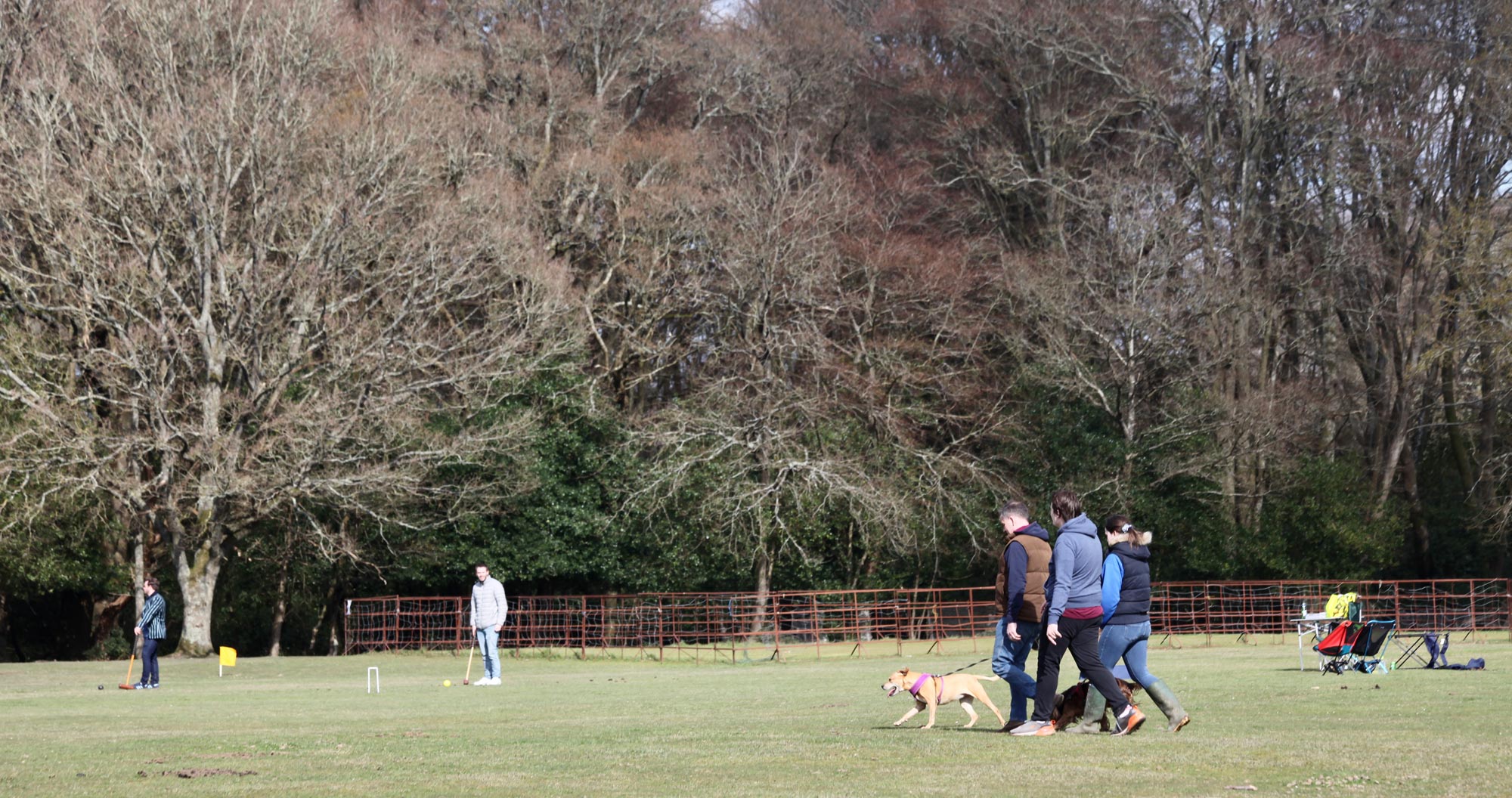

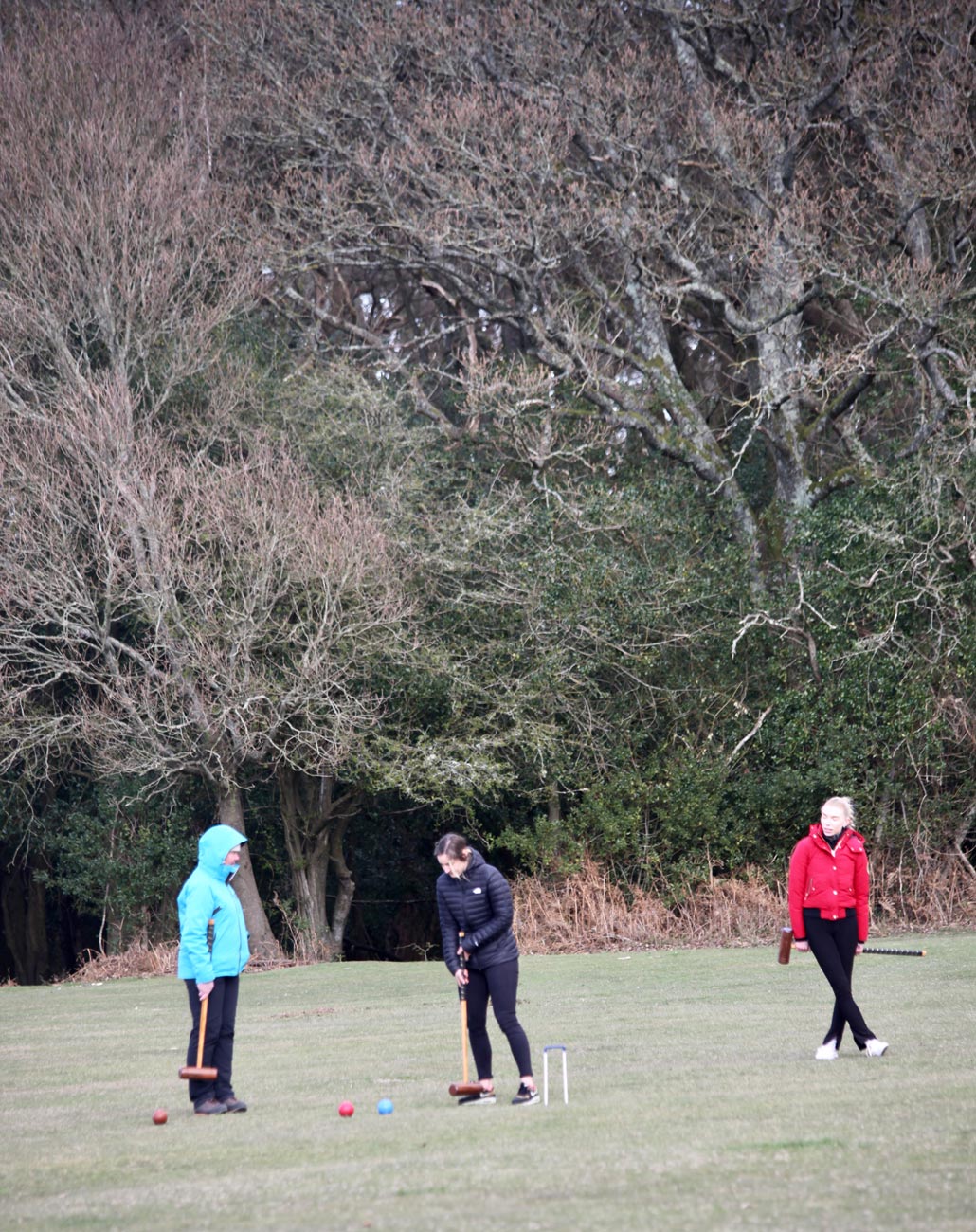
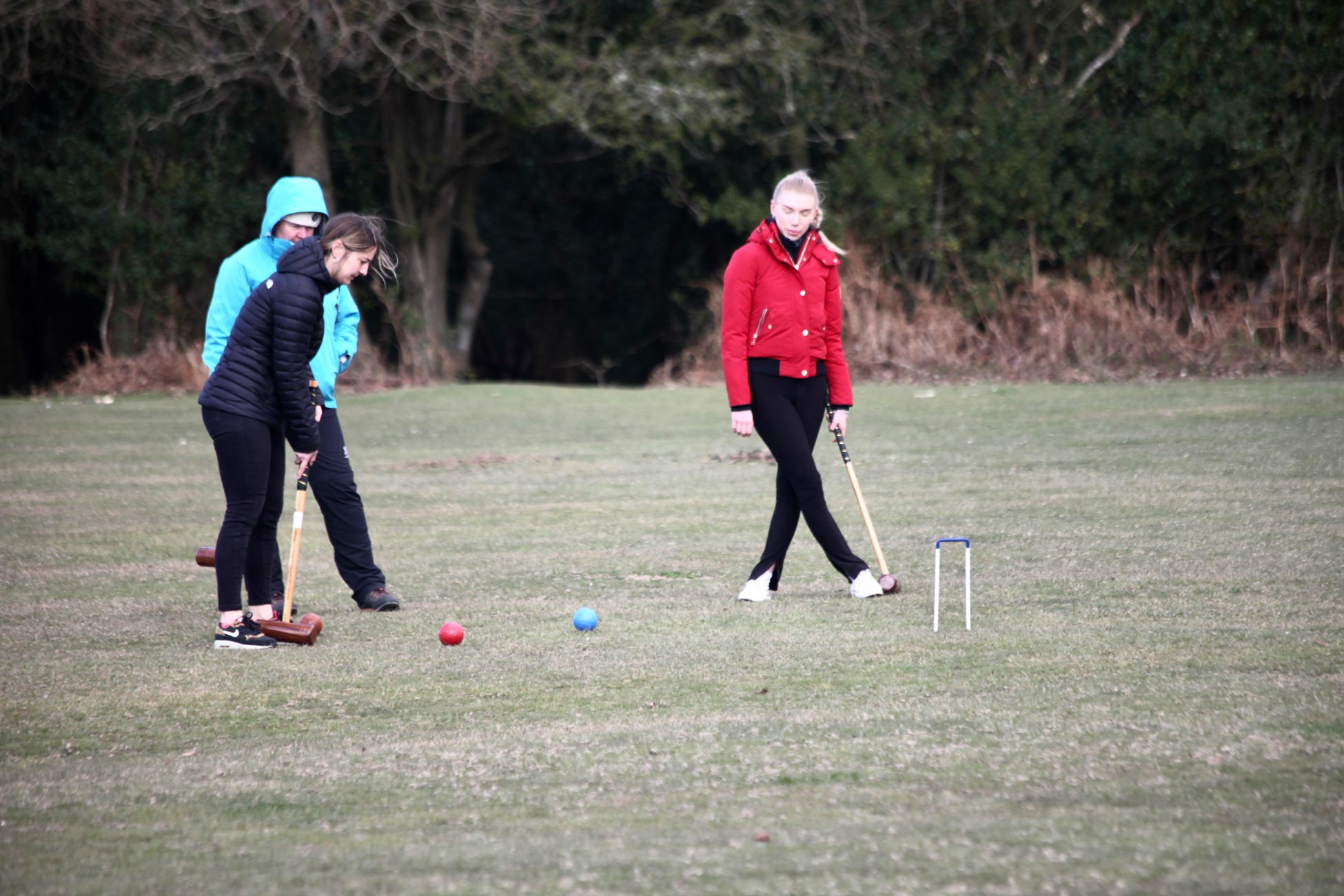
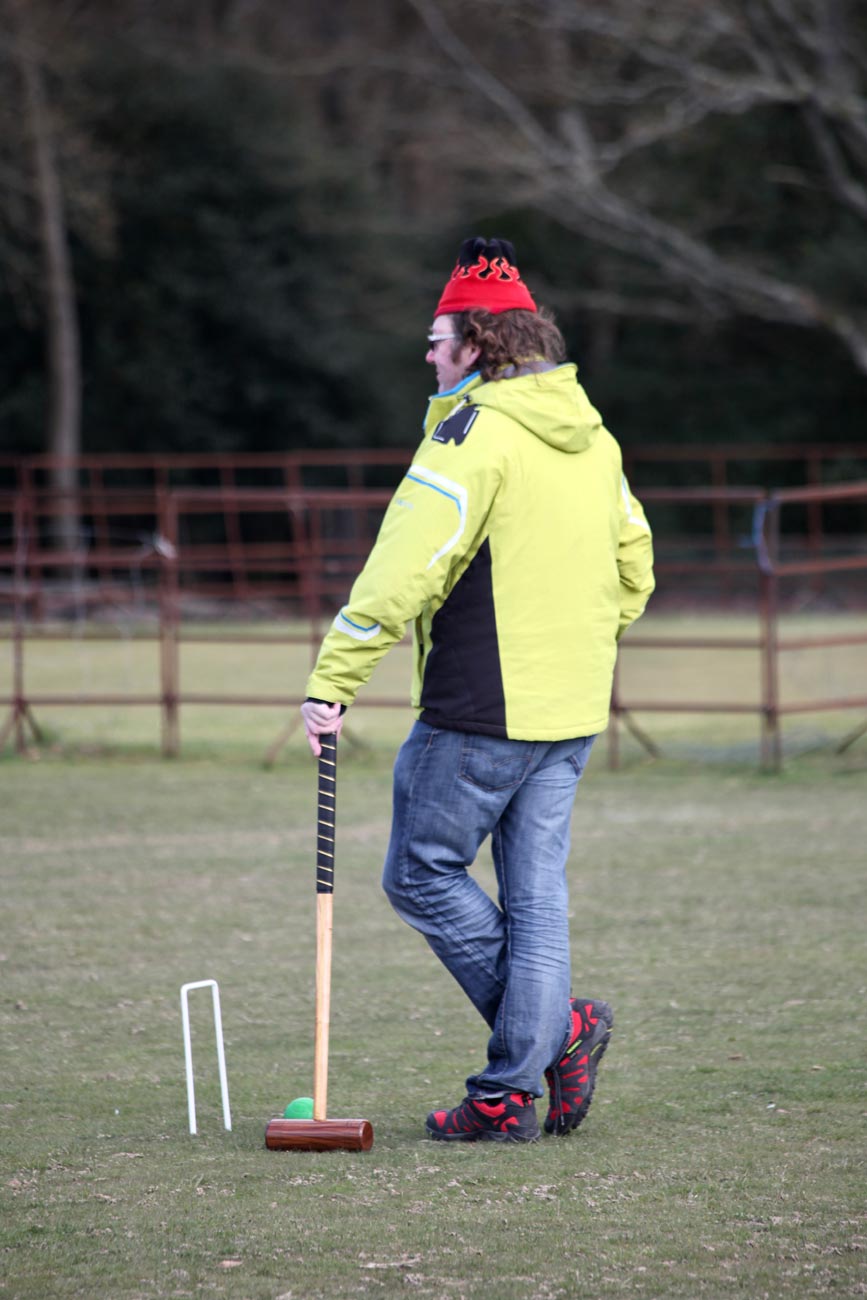

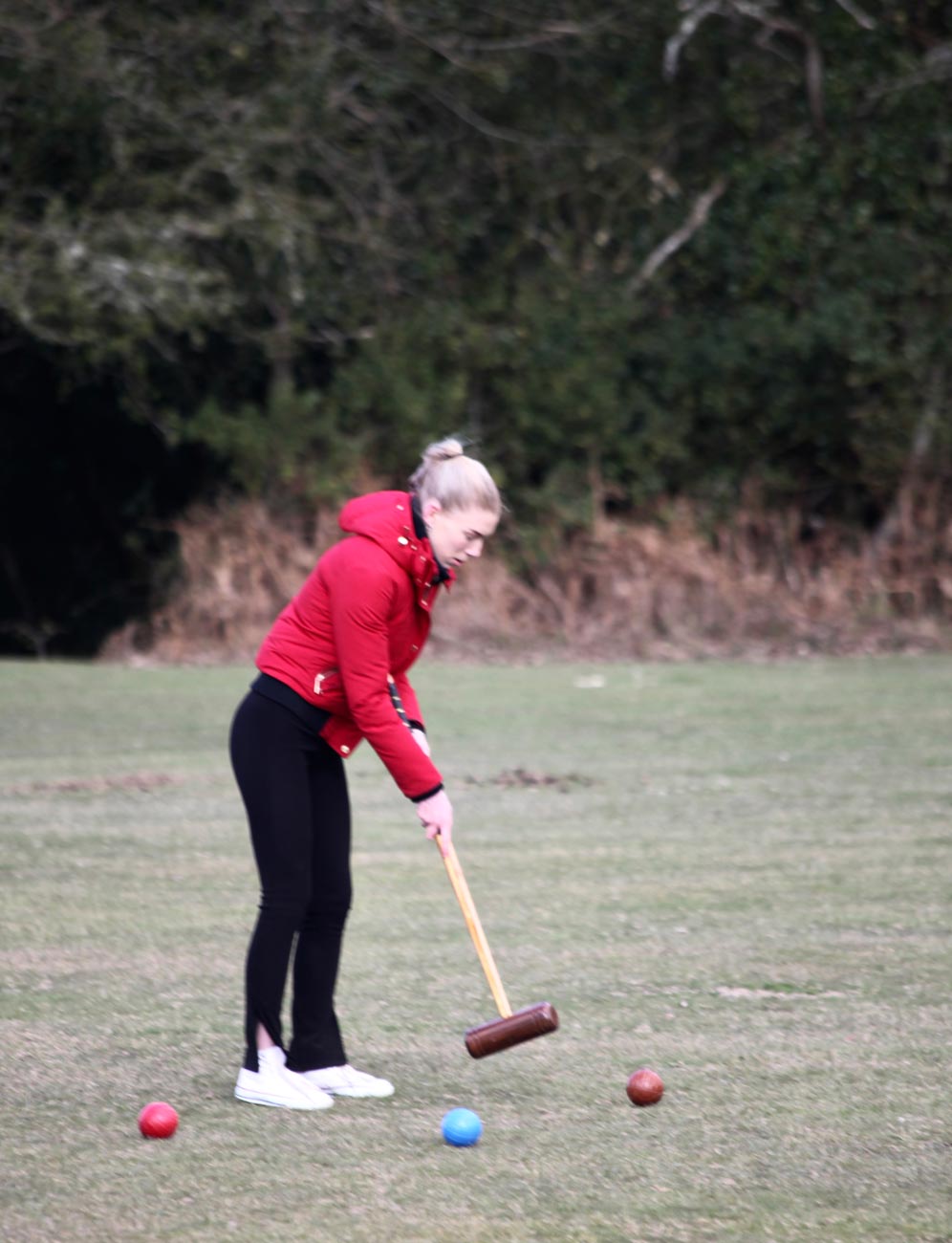
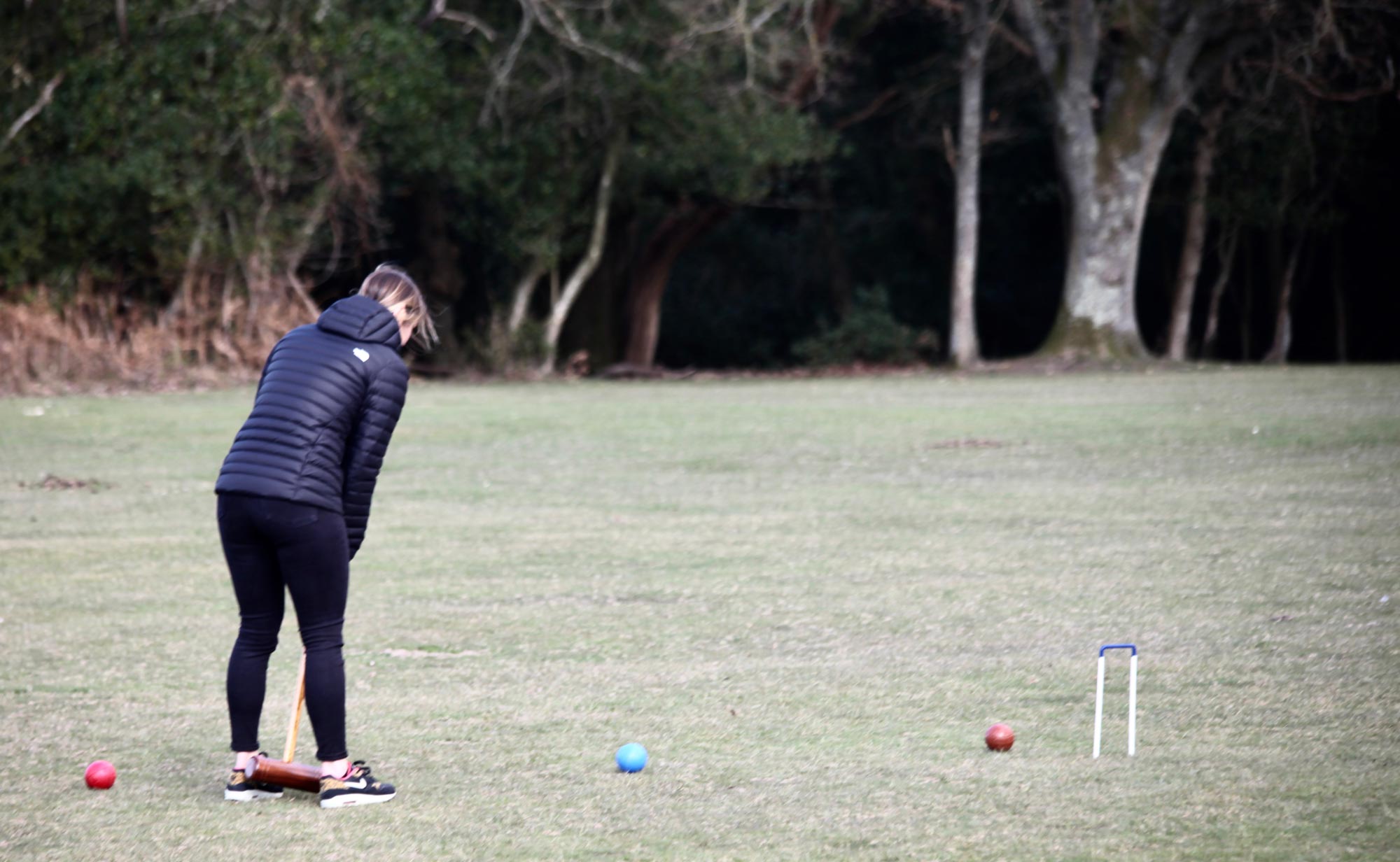
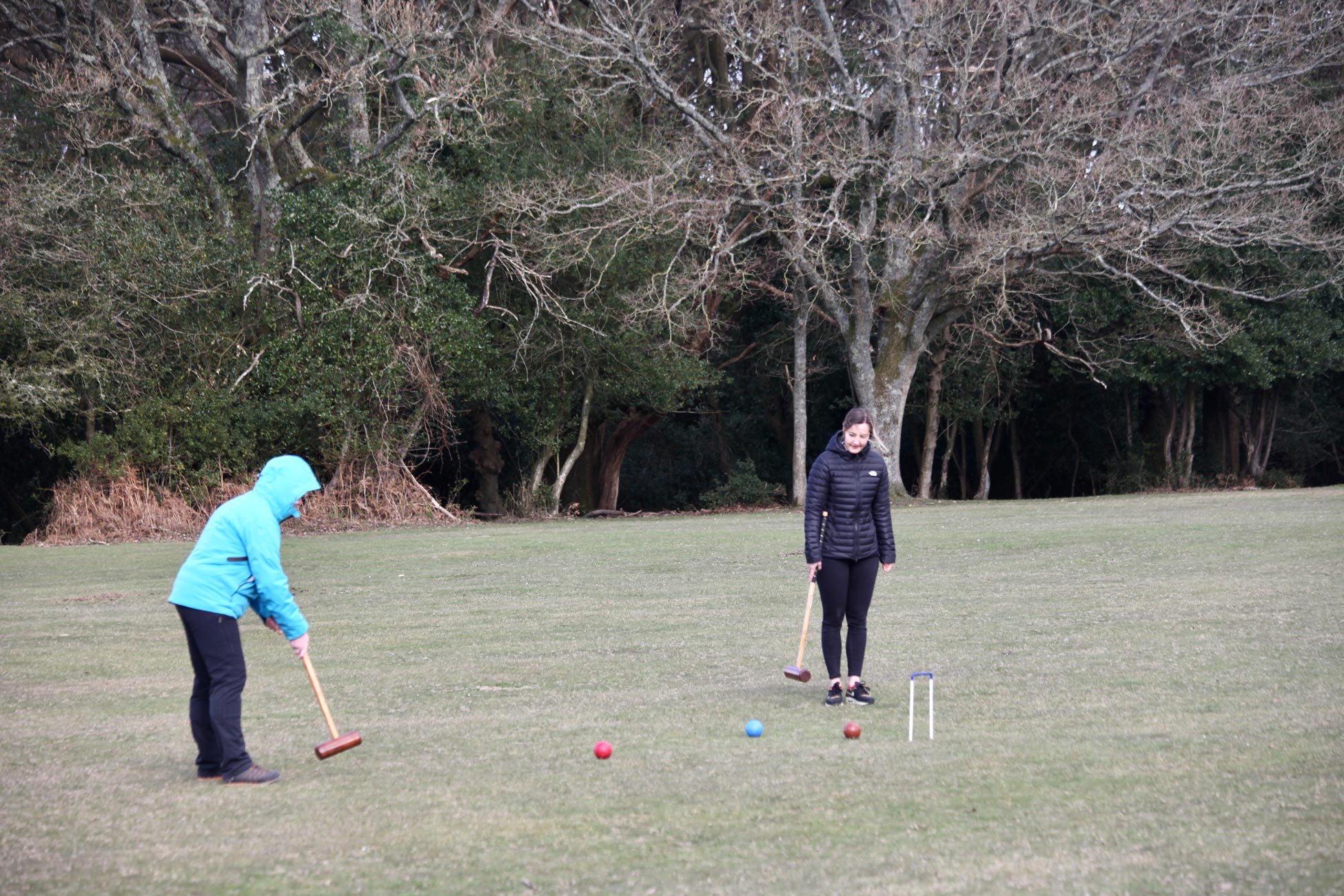
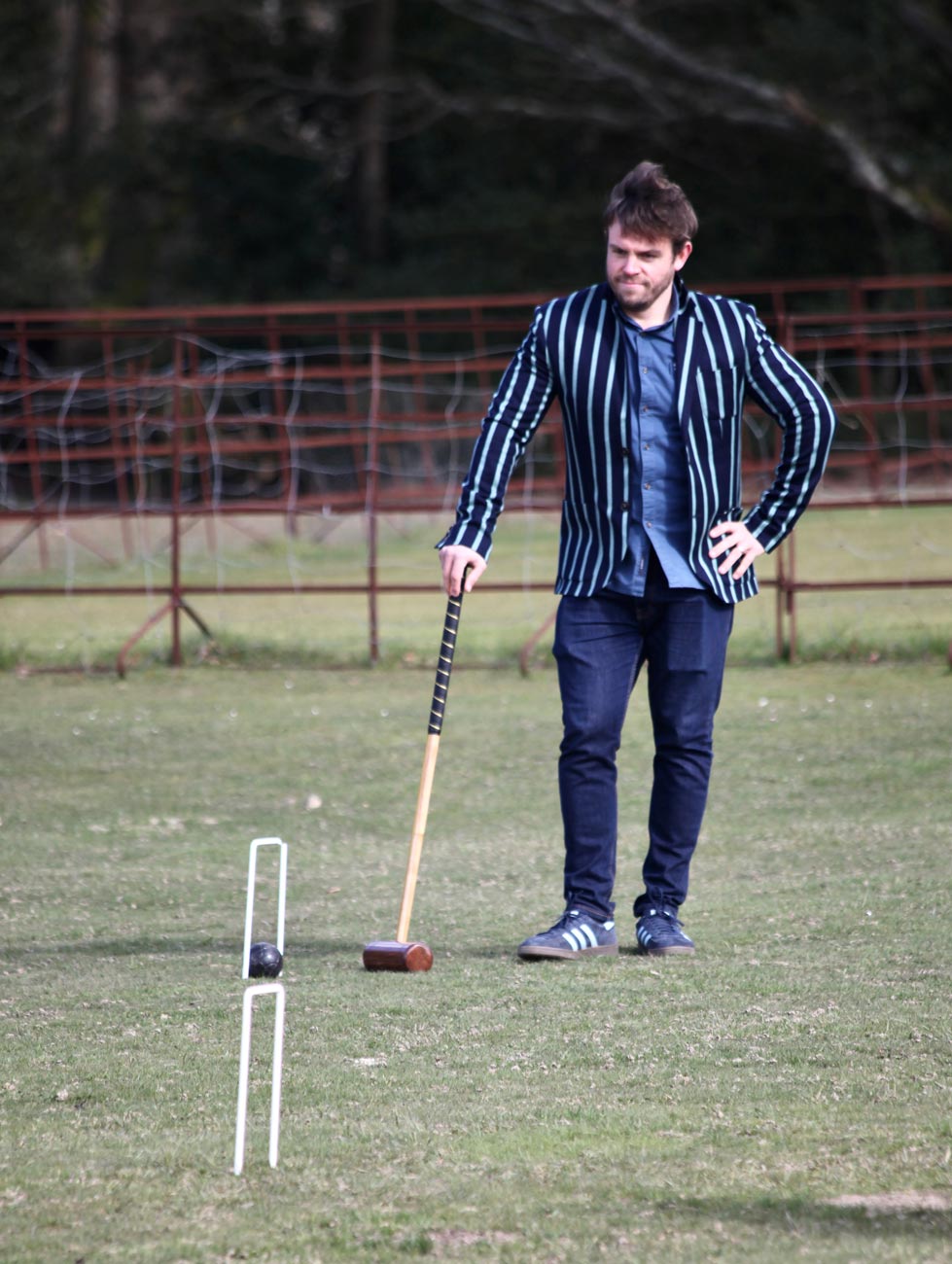

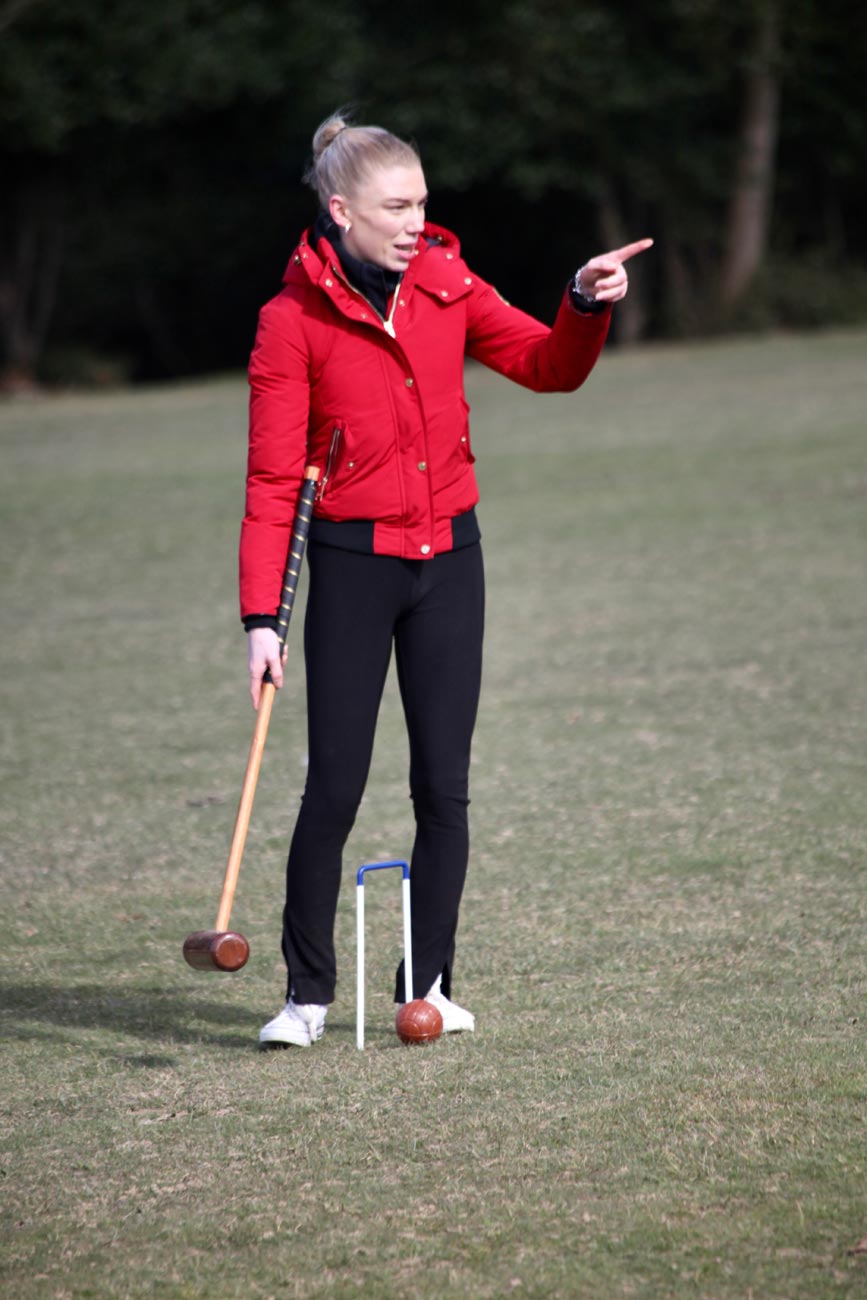
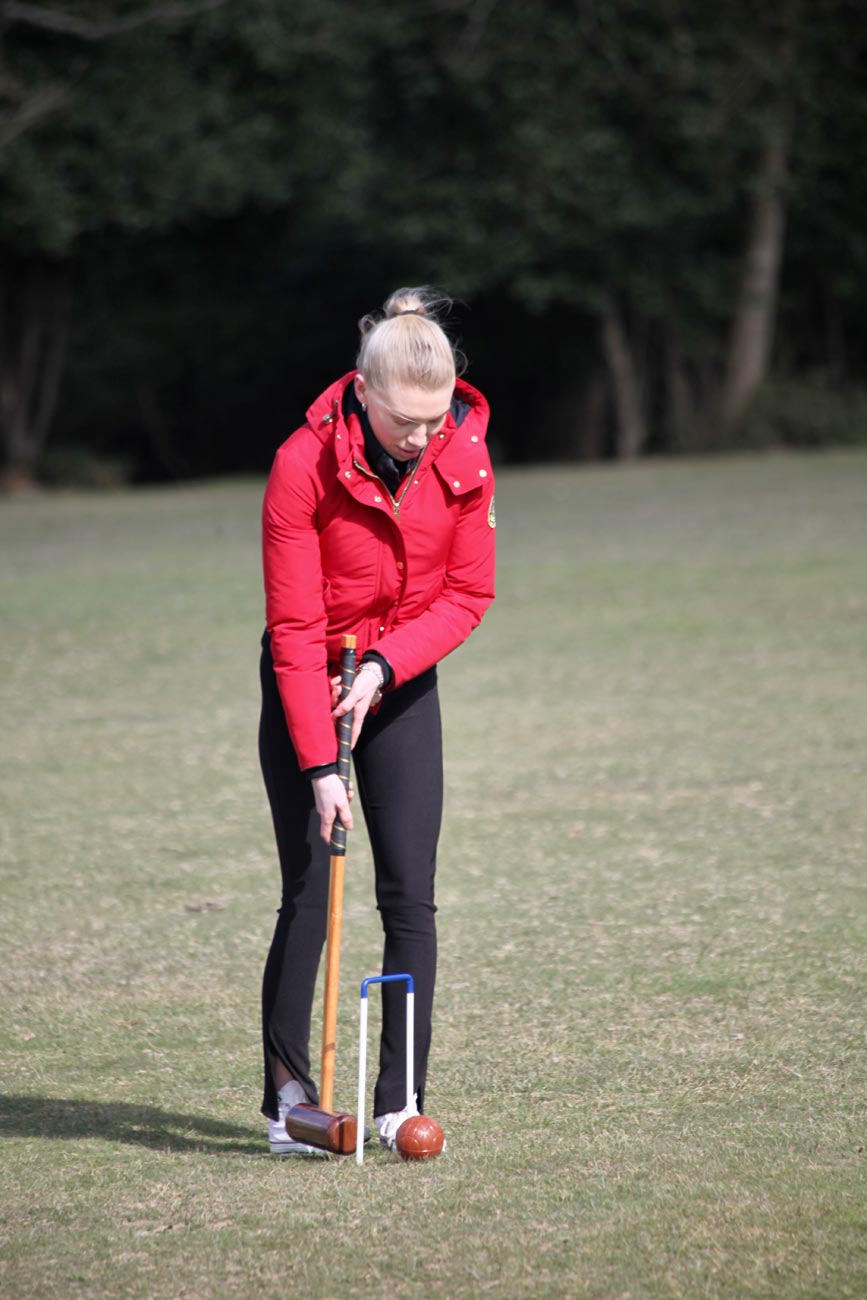
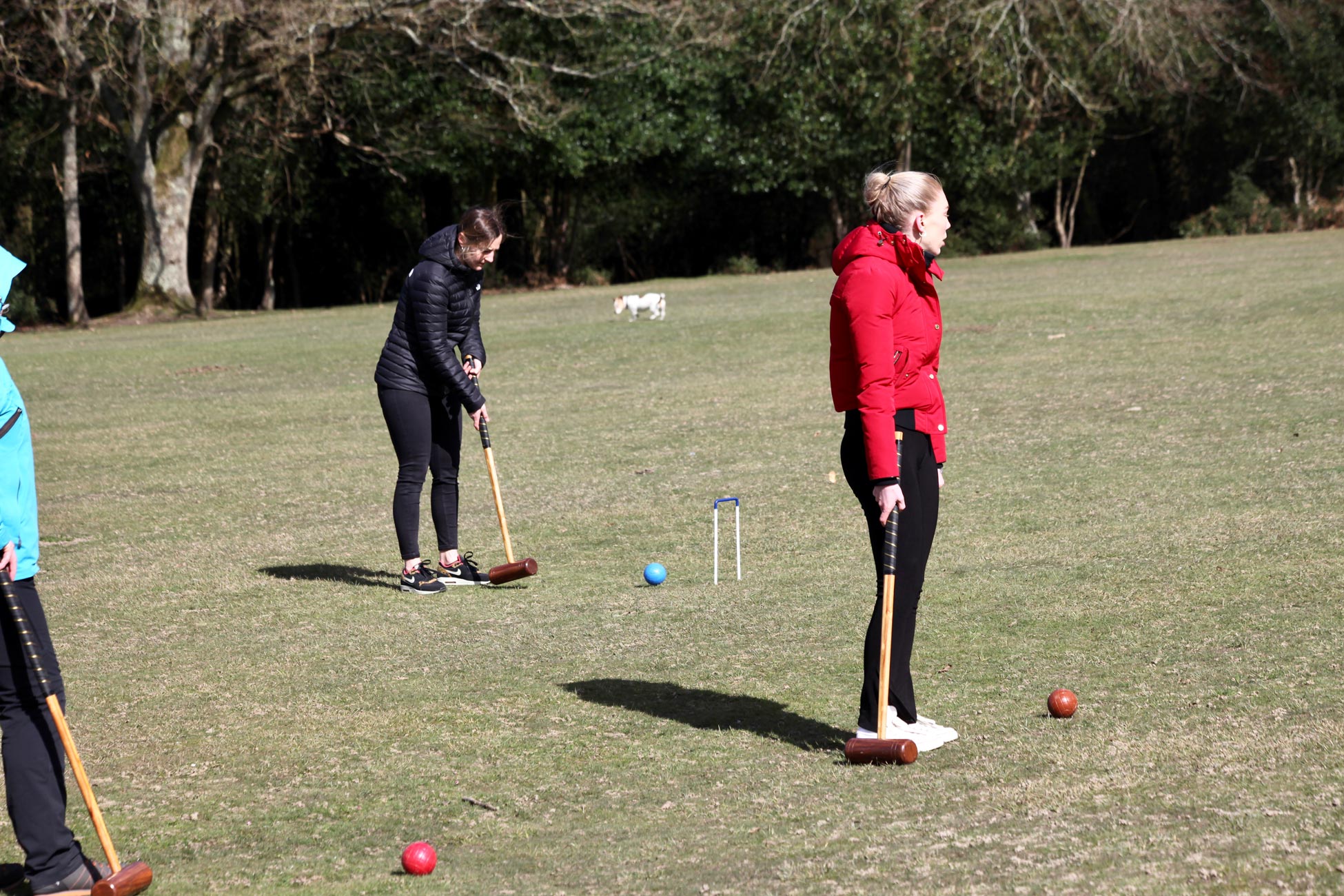

A game of croquet was in progress on the green at Nomansland. The players were unfazed by my attention, although one woman claimed in jest that I had put her off her stroke. I suggested to the others that they let her play again. They responded with a good laugh.


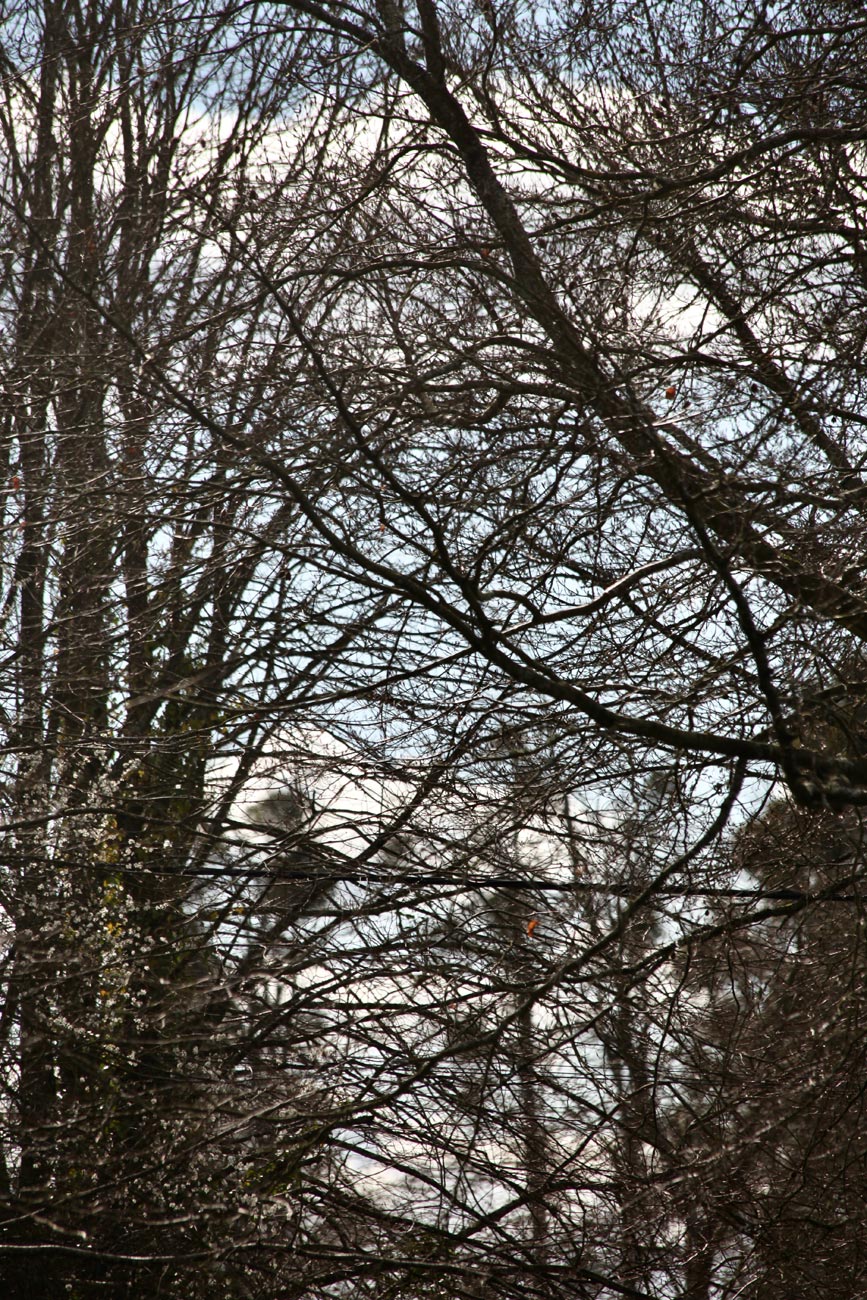
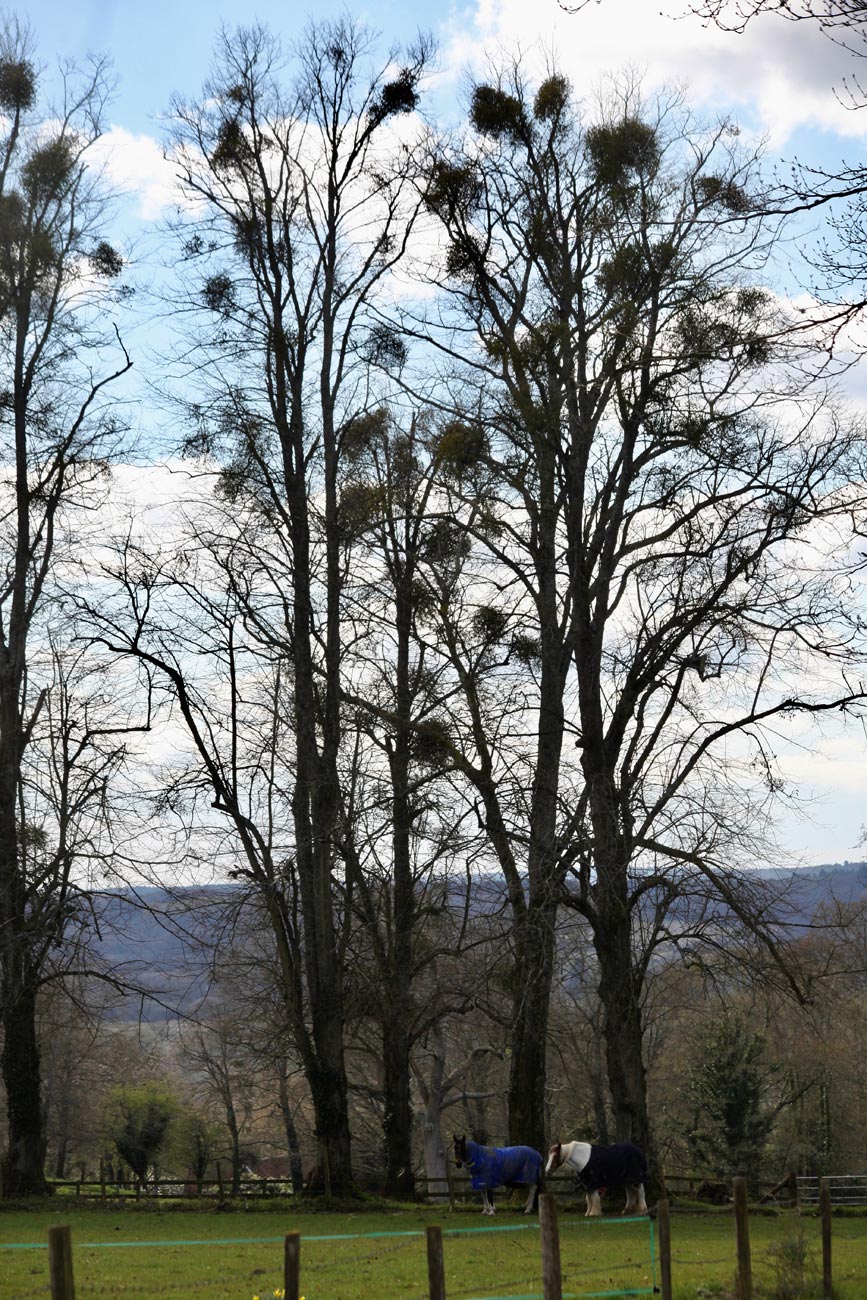

Our next stop was at Hale, a village surrounded by trees bearing mistletoe.

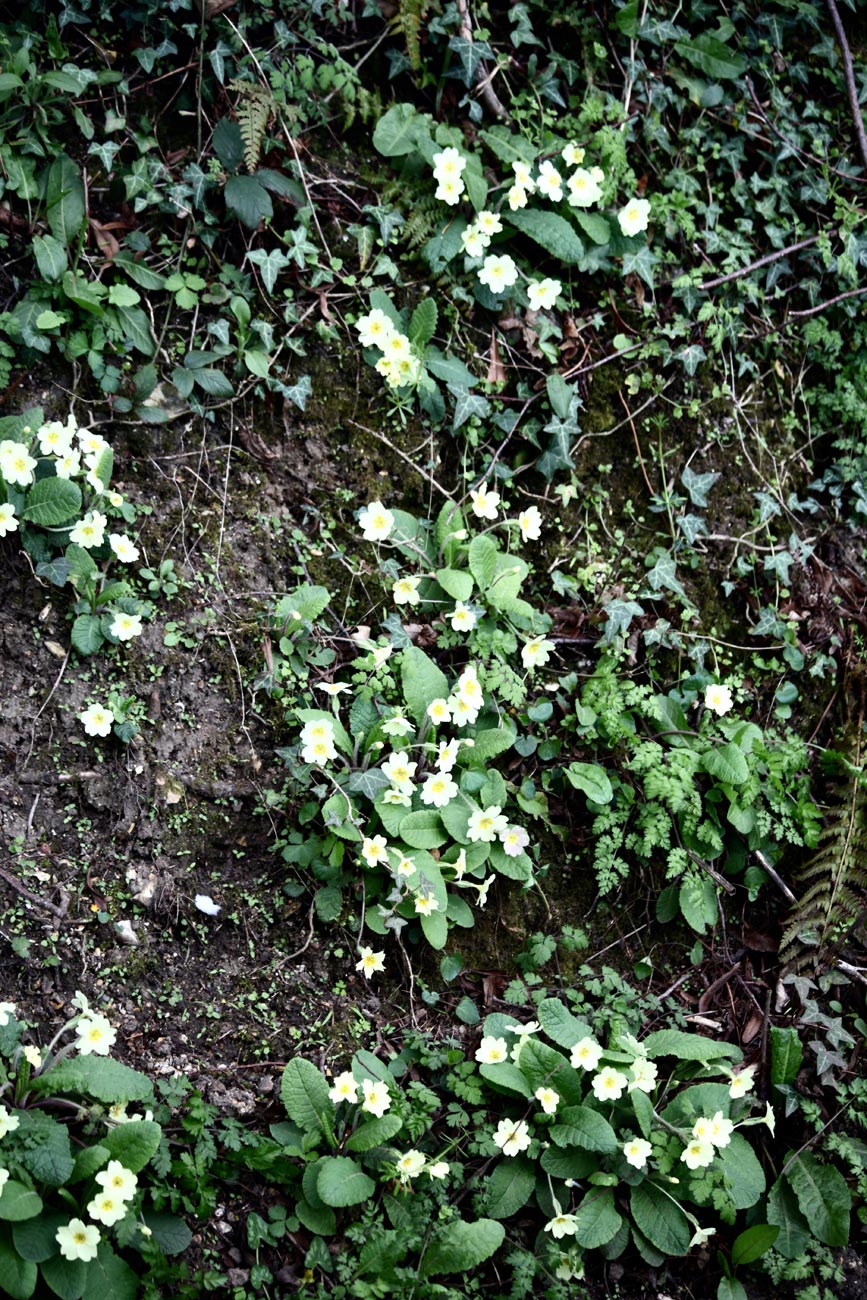
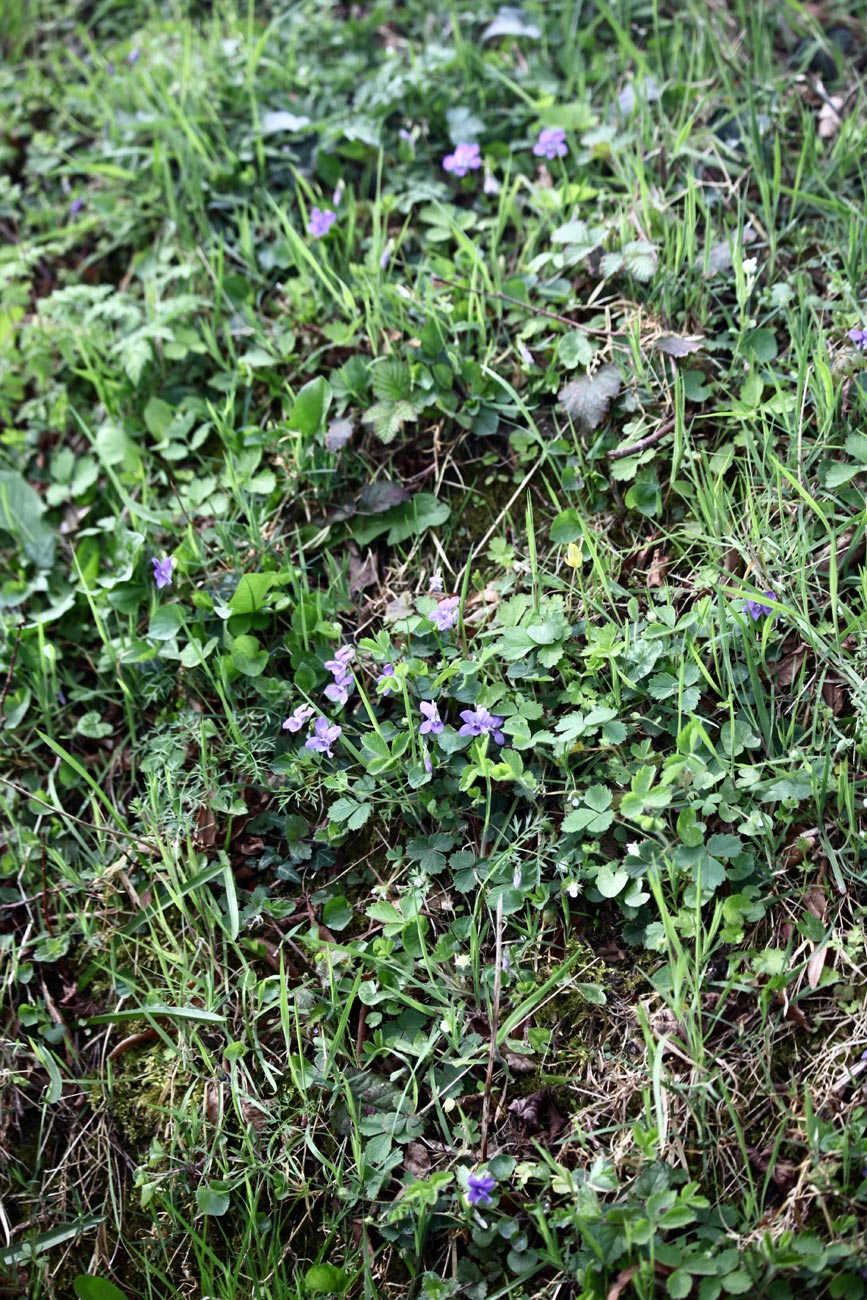
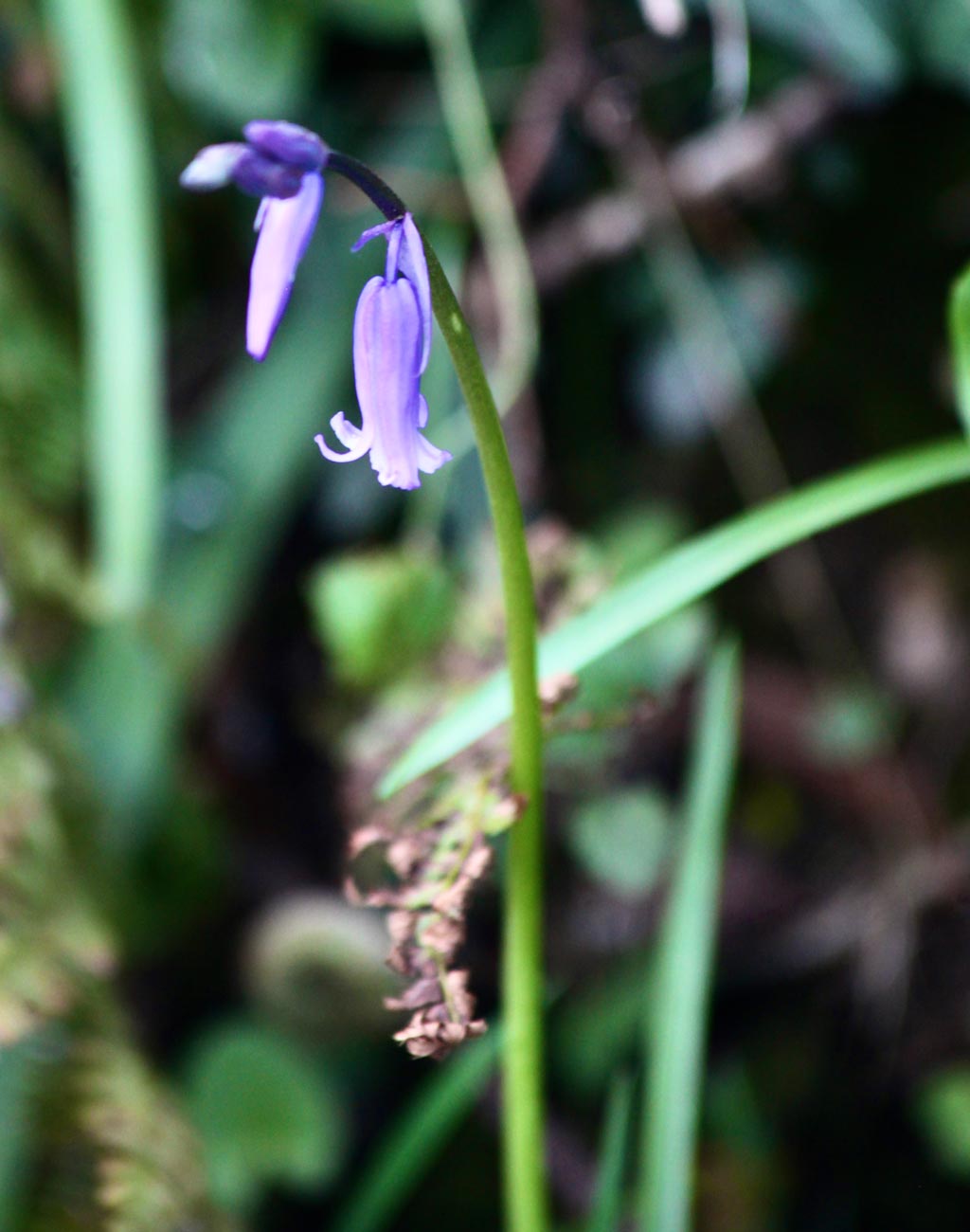

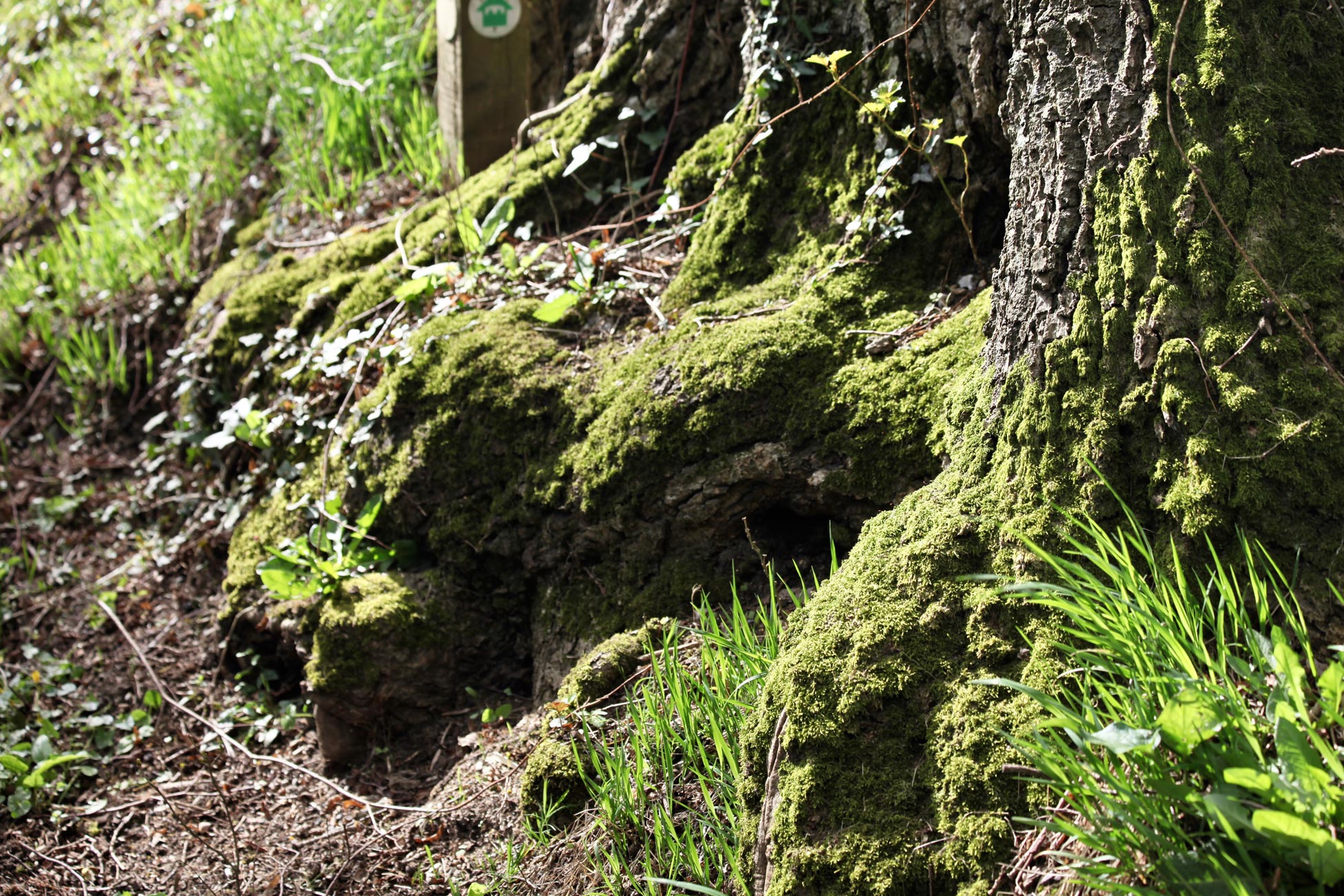
The verges of the high-banked lane running from Hale to Woodgreen bear many wild flowers including primroses, violets, bluebells; and plenty of mossy roots.

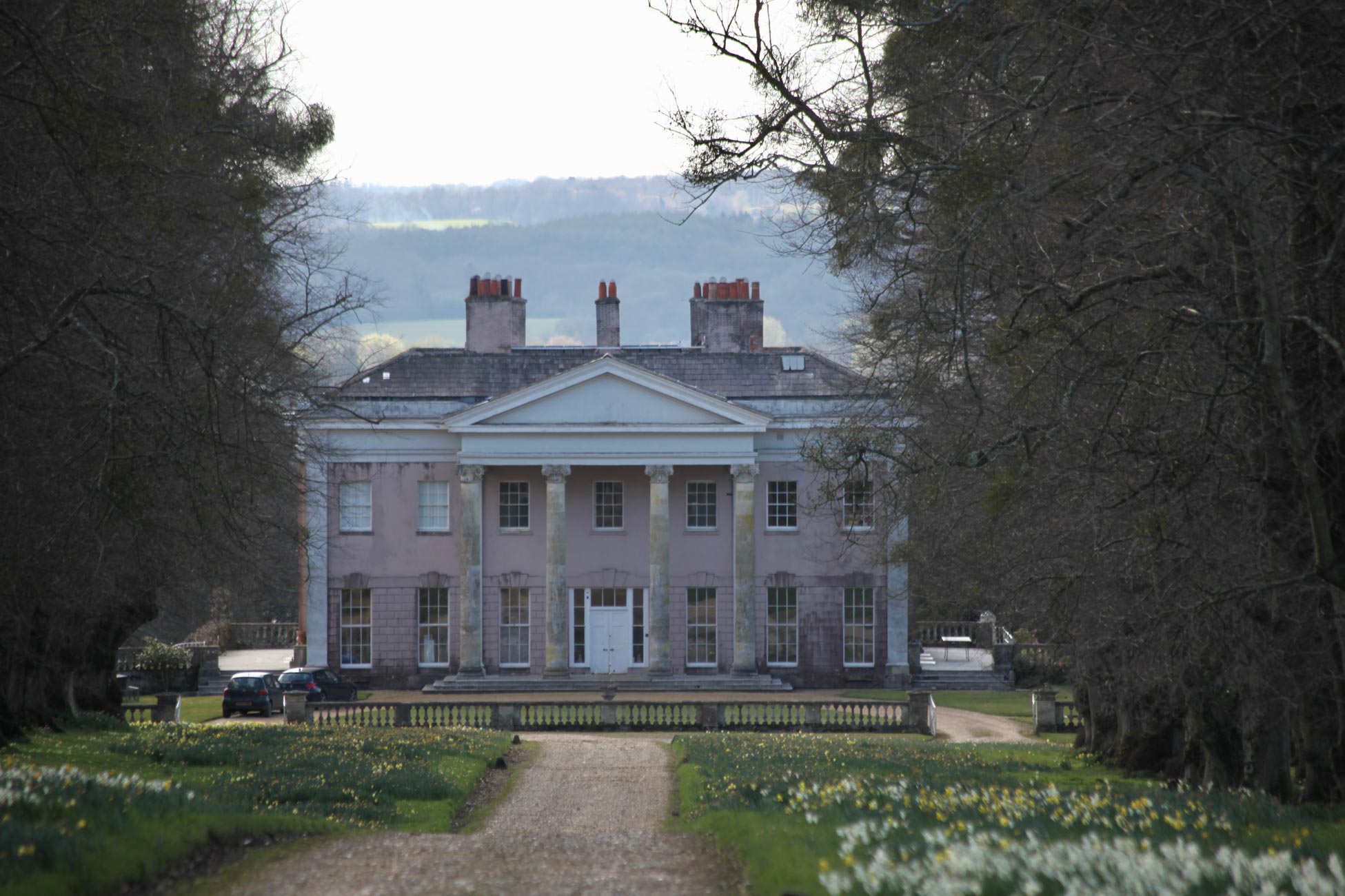
Splendid avenues of varied daffodils line the approach to Hale Park House. ‘Hale was recorded, although not by name, as a manor in Domesday Book. It passed through the hands of a number of owners, with a manor house being built by the C14, until in the C16 it was leased and then purchased by the Penruddock family. Sir John Penruddock died c 1600-01, leaving Hale to his son Thomas whose own son, John, commissioned a new house in 1637 from the architect John Webb (1611-72). A deer park is also recorded as established at Hale by 1638 (Debois 1990). In 1715, Hale was sold by the Penruddocks to Thomas Archer (1668-1743), Groom Porter to Queen Anne and architect, amongst whose works were the banqueting house at Wrest Park (qv) in Bedfordshire and the Cascade House at Chatsworth (qv), Derbyshire. Archer began the present house in 1715, most probably planted the avenues through the park (ibid), and is most likely to have been responsible for laying out the surrounding formal gardens and wooded pleasure grounds to the south-west and north-west of the house, as shown on a survey of Hale made by Thomas Richardson in 1789. He also largely rebuilt the church. Hale remained with the Archer family until the 1780s, the house being remodelled in the 1770s by Henry Holland (1745-1806) and then purchased by Joseph May for whom it was further remodelled by Popes of Poole (Booth-Jones 1953). In 1837, the estate was bought by Joseph Goff and during the C19 and early C20, the pleasure grounds were simplified and new formal features added to the gardens. The Goff family remained at Hale until the early C20 after which the ownership passed to Major Wright and then to the Booth-Jones family before being purchased in 1973 by Mr and Mrs Hickman. Hale remains (1998) in private ownership.’ This information comes from https://historicengland.org.uk/listing/the-list/list-entry/1000298 which contains much more.


Beside Wootton Common I stopped to photograph a heron blending nicely with a birch tree among the gorse. Needless to say, when I approached for a closer viewpoint the bird flapped up and away.
This evening we dined on succulent roast lamb; crisp roast potatoes, parsnips and Yorkshire pudding; herby sausages, firm carrots and cauliflower, with which Jackie drank Peroni and I drank Séguret Cotes du Rhone 2019.